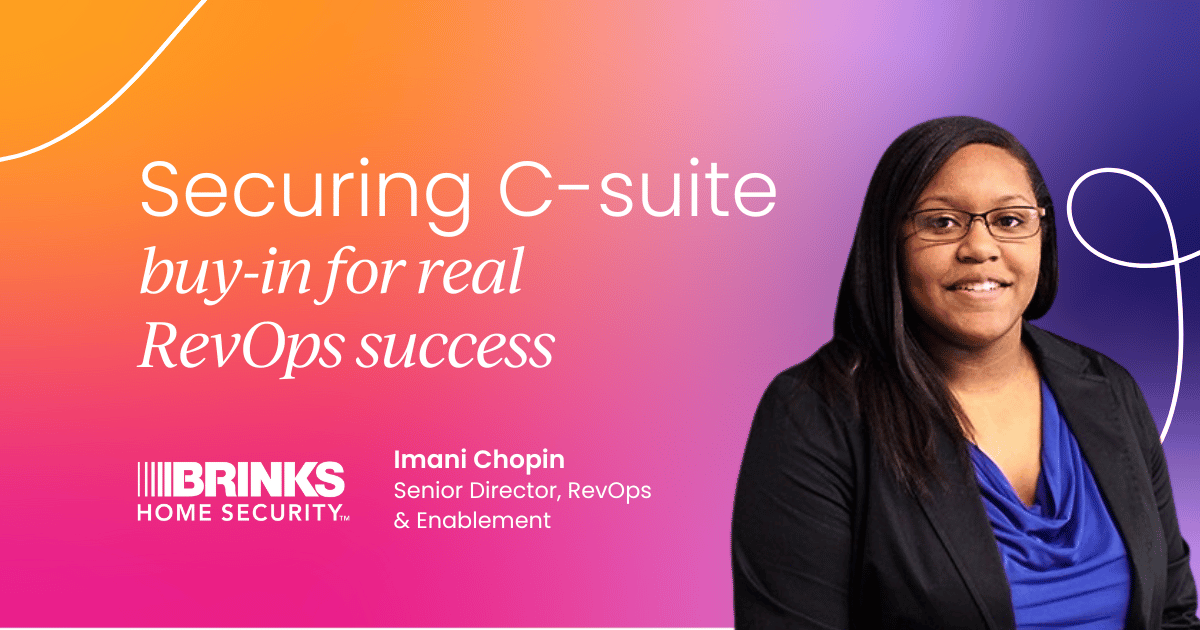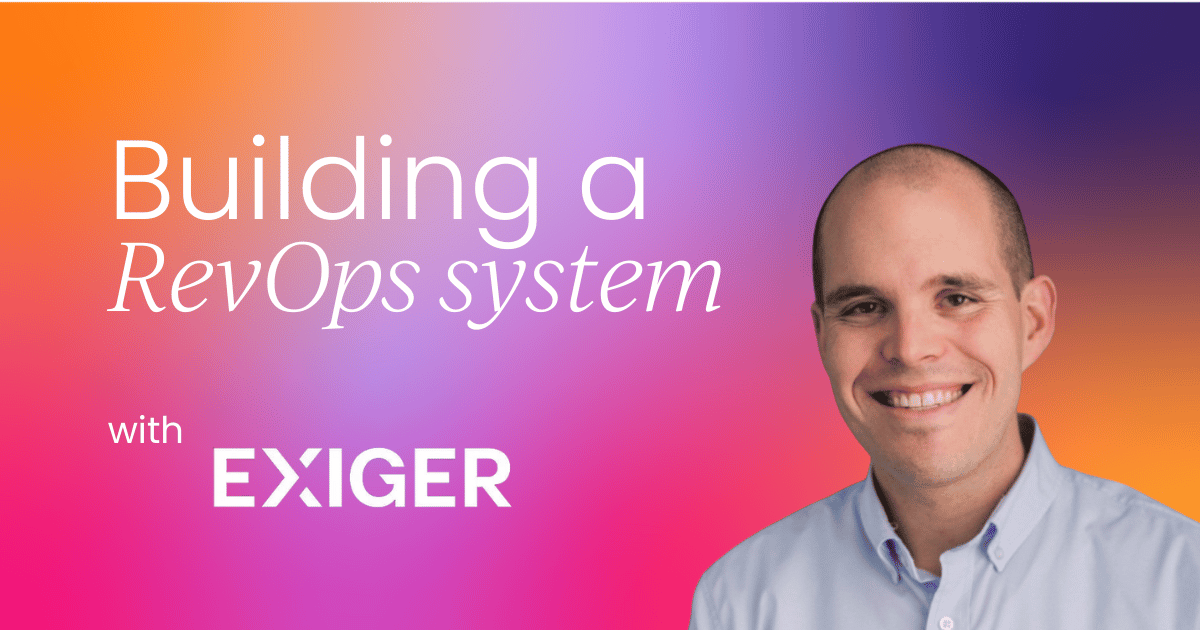If you're in the RevOps world, you know we're in the middle of a gold rush right now. Revenue operations is one of the hottest, most sought-after roles in the business world, and for good reason!
I'm Josh Pudnos, VP and Global Head of Revenue Operations at Exiger. When I stepped into my role at Exiger, I knew I was in for a challenge.
Imagine this: a 10-year-old company transitioning from a due diligence solutions provider to an enterprise SaaS player in the third-party and supply chain risk management space. Oh, and did I mention the ambitious goal of 65% growth from the previous year, all while staying profitable? No pressure, right?
Today, I want to take you on a journey through the good, the bad, and the ugly of creating a RevOps system from scratch. I'll share four things I would never do again when building a RevOps program, and a few strategies that I'd definitely repeat.
Whether you're just starting your RevOps journey or you're looking to level up your existing program, I hope my experiences can help you navigate the complex world of revenue operations more effectively.
So, let's dive in!
Establishing a clear mission for RevOps
From day one, I knew I had to prevent our team from being seen as mere "firefighters" or "Salesforce jockeys." Revenue operations is so much more than that, and I wanted to make sure we had a seat at the table.
So, I crafted a mission statement. It might sound a bit buzzwordy, but stick with me here:
"Our team's mission is to better measure, understand, trust, and drive our go-to-market strategies."
This mission statement became our North Star. Every task, every project, every fire drill – if it didn't align with one of these goals, it went to the bottom of the priority list. This approach helped us stay focused and, more importantly, educated our stakeholders about the true value of RevOps.

Key initiatives in building our RevOps program
Now, let's talk about the nitty-gritty of what we actually did. Our first three quarters were a whirlwind of activity. Here's what we tackled:
- Reforming Salesforce and aligning sales processes
Our Salesforce instance was, to put it mildly, a mess. No methodology, inconsistent usage, you name it. We had to establish clear rules about who could work on what, implement a pipeline inspection process, and create a forecasting methodology.
- Implementing new tools for pipeline building
We brought in a sales engagement platform to provide workflows for building pipeline faster and better. This also helped us capture activity data to understand what it really takes to generate and close a deal.
- Data clarity and CPQ implementation
We cleaned up our Salesforce data and implemented a CPQ solution. This was crucial for ensuring accurate revenue classification and getting granular insights into our product mix.
- Structuring the team for scalability
We set up systems for managing our quarterly initiatives, project planning, and ticket intake. This helped us balance strategic objectives with day-to-day operations.


 6 min read
6 min read
 Follow us on LinkedIn
Follow us on LinkedIn




